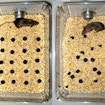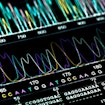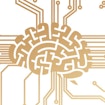
Researchers need reliable methods to interpret autism candidate genes, including rodent models to assess the impact of genes on behavior. On 4 February, SFARI hosted a workshop to discuss the role of mouse models and behavioral assays in autism research. The participants concluded that the field should invest in techniques that can be standardized across laboratories and emphasized the importance of mouse models for identifying biomarkers and testing therapies.


